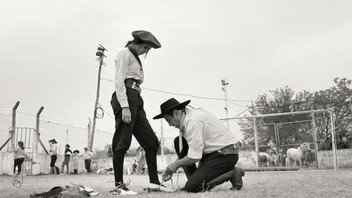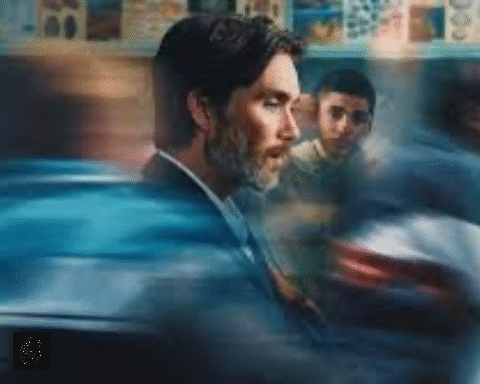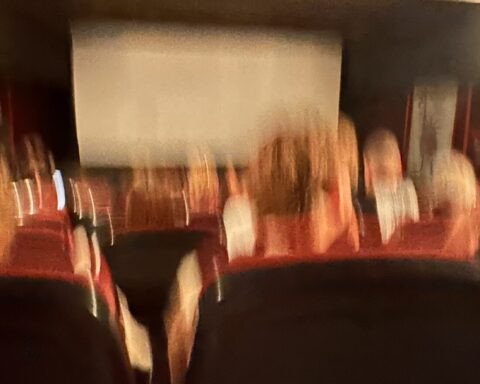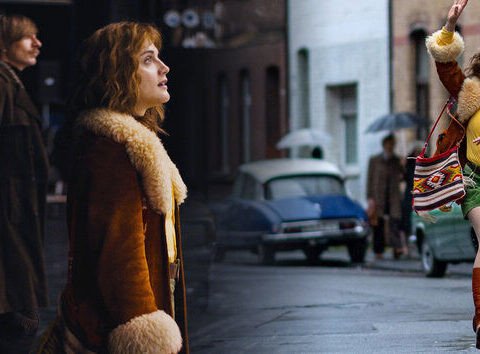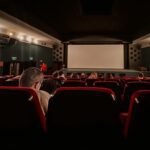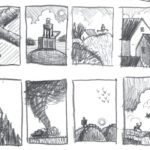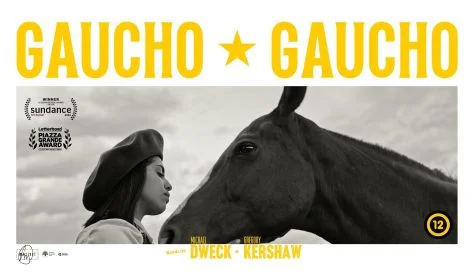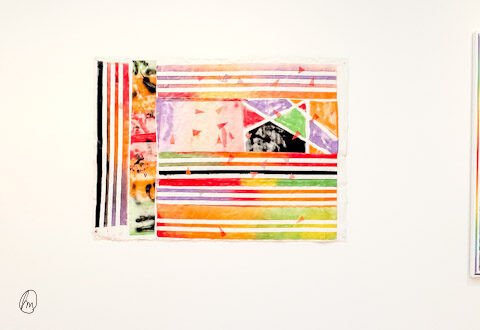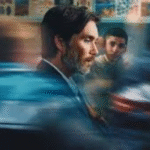For photographers and filmmakers, good lighting is indispensable. Numerous interviews have revealed that their success owes very little to professional qualifications or diplomas. Recognition in the field relies largely on sheer luck. Being in the right place at the right time.
However, a keen observer will notice that one or two other key elements are essential for creating mind-blowing works: respect and empathy. With the documentary Gaucho, Gaucho, Michael Dweck and Gregory Kershaw once again prove that empathy and respect are not just virtues — they are the very tools of great filmmaking.
The film presents the everyday lives of a vanishing Argentine cowboy subculture — the gauchos. This breathtaking documentary was filmed over the course of two years by a crew of just three: the two directors and sound technician Rodrigo Merolla. The small team and minimal technical setup — combined with their respectful approach — allowed a relaxed sense of trust to develop.
Viewers witness heavy human destinies and their acceptance. Alcoholism. The slow decay of the environment, tightening under the deadly grip of a vulture’s claw. Moments of girlhood turning into womanhood, the blush of a first flirtation.
The film also highlights the vital role of shared childhood adventures and emerging interdependencies within this tightly knit community portrayed in Gaucho, Gaucho. Capturing such moments required a bold, unrestrained directorial vision — one that didn’t control events but rather amplified them. Understandably, one might object: isn’t that the essence of any documentary?
Yes, indeed — though Gaucho, Gaucho omits both narration and directorial control, and does so deliberately. As a result, its nearly 119 black-and-white scenes offer an unsettlingly natural viewing experience, one that borders on the feel of a western drama. The portraits recall the staged beauty of Steve McCurry’s photography, while subtly echoing the monochromatic vision of the recently deceased Sebastião Salgado — making them truly distinctive. According to the directors, their choice of herder group was also influenced by the landscape: they needed dramatic mountains in the background.
Anyone sitting down in an art cinema in Hungary today will find a film that doesn’t dwell on women’s roles in a male-dominated world. Quite the opposite: through the determination of one of its central female figures, the film reveals a natural social corrosion that is slowly consuming entire communities. As a young girl, Guada Gonza brings to light the fading presence of women in this vanishing way of life. Her presence at horse races is met with love, respect, and genuine concern — and locals openly acknowledge how significant it is that she’s there.
The static compositions and black-and-white footage recall classic westerns — but with one major difference: here, the magic lies in portraying real, 21st-century life. Beyond their visual beauty, these unfolding scenes invite us to immerse ourselves in the everyday rhythms of an ancient way of living — and that alone makes it worth the trip to the cinema.
